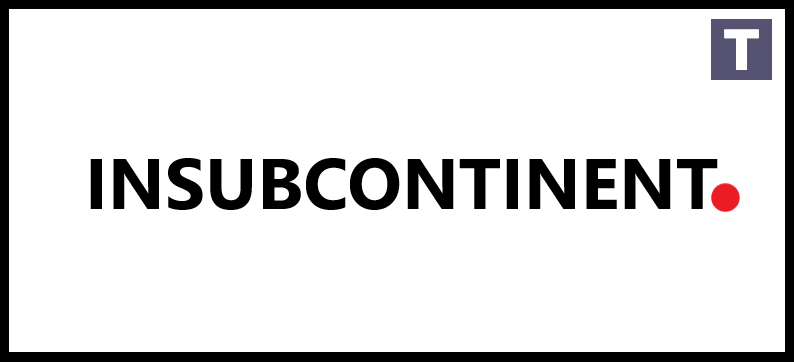INSUBCONTINENT EXCLUSIVE:
Earlier this week, the United States Food and Drug Administration (FDA) announced that it would be updating its guidance to allow self-swab
tests for COVID-19, in which a patient collects a sample from their own nose for a health professional to test
On Wednesday, UnitedHealth Group revealed the results of a peer-reviewed large-scale study that provided the science behind the decision to
switch to the less-invasive sample collection method.
The self-swab process doesn''t change where FDA-approved testing can happen — this
expanded guidance only applies to the method of collection, meaning at-home swab-based PCR tests that many startups had hoped to bring to
But even though people still have to go to either clinics or drive-through testing sites to get a COVID-19 test done, the ability to
self-swab offers more comfort, as well as real advantages when it comes to the health and safety of the clinicians and front-line healthcare
workers staffing the sites.
This new study shows that not only does self-swabbing lessen the chance of someone with COVID-19 passing on
their infection to a healthcare worker, it also just as effective as a test where clinicians collected the sample from much deeper inside a
UnitedHeatlh worked with the Bill - Melinda Gates Foundation, as well as Quest Diagnostics and the University of Washington to conduct the
study, which covered almost 500 patients who received tests at OptumCare diagnostic facilities in the state of Washington.
There are other
benefits to the self-swab method as well, including eliminating the need for specifically trained medical professionals who have to
administer the tests at point-of-care
This should help with clearing up backlogs owing to staffing, at least, though supplies and bottlenecks due to demand are going to persist
as more people seek diagnosis.

